How to Sand Concrete Floors: 8 Easy Steps for a Smooth Finish
Concrete holds a long history in the construction world. From 6500 BC Nabataean Kingdom and Egyptian pyramids to modern high-rise buildings and highways, we can find it everywhere.
Nowadays, concrete is widely used in home improvement projects as homeowners like sanded concrete floors due to their attractiveness and practicability.
While many homeowners rely on floor sanding Geelong professionals for a perfect finish, you can do it yourself, too. You just need to prepare yourself and gather some essential supplies for a smooth concrete sanding process.
Keep reading, and we will simplify the process for your understanding.
Essential Concrete Sanding Tools
So, first things first. You will require specific equipment and supplies to ensure a hassle-free concrete floor sanding process. Based on your concrete type, floor condition, and project size, you will need different tools.
Here, we have covered some basic and essential tools to make your concrete sanding easier:
Polishing Pads and Diamond Sandpaper
When dealing with small-scale sanding tasks, choose manual methods such as polishing pads or diamond sandpaper. Avoid regular sandpaper, as it lacks the necessary hardness for cement surfaces.
Use long strokes and apply consistent pressure with your chosen polishing pads or diamond sandpaper. Start with a coarser grit and progress to finer ones for a smooth, polished surface.
Recommended for: Targeting small areas such as filled cracks or holes.
Handheld Concrete Sander
Handheld sanders are small electric tools ideally used by hand for sanding floors. With adjustable speed settings, they swiftly sand surfaces and may have integrated water supply features. Their small size eases the movement, making them greatly helpful for corners and edges.
They are widely used on small flat surfaces like bathroom floors and countertops. However, they can be challenging when used in vertical applications like walls.
Recommended for: Bathroom floors, countertops
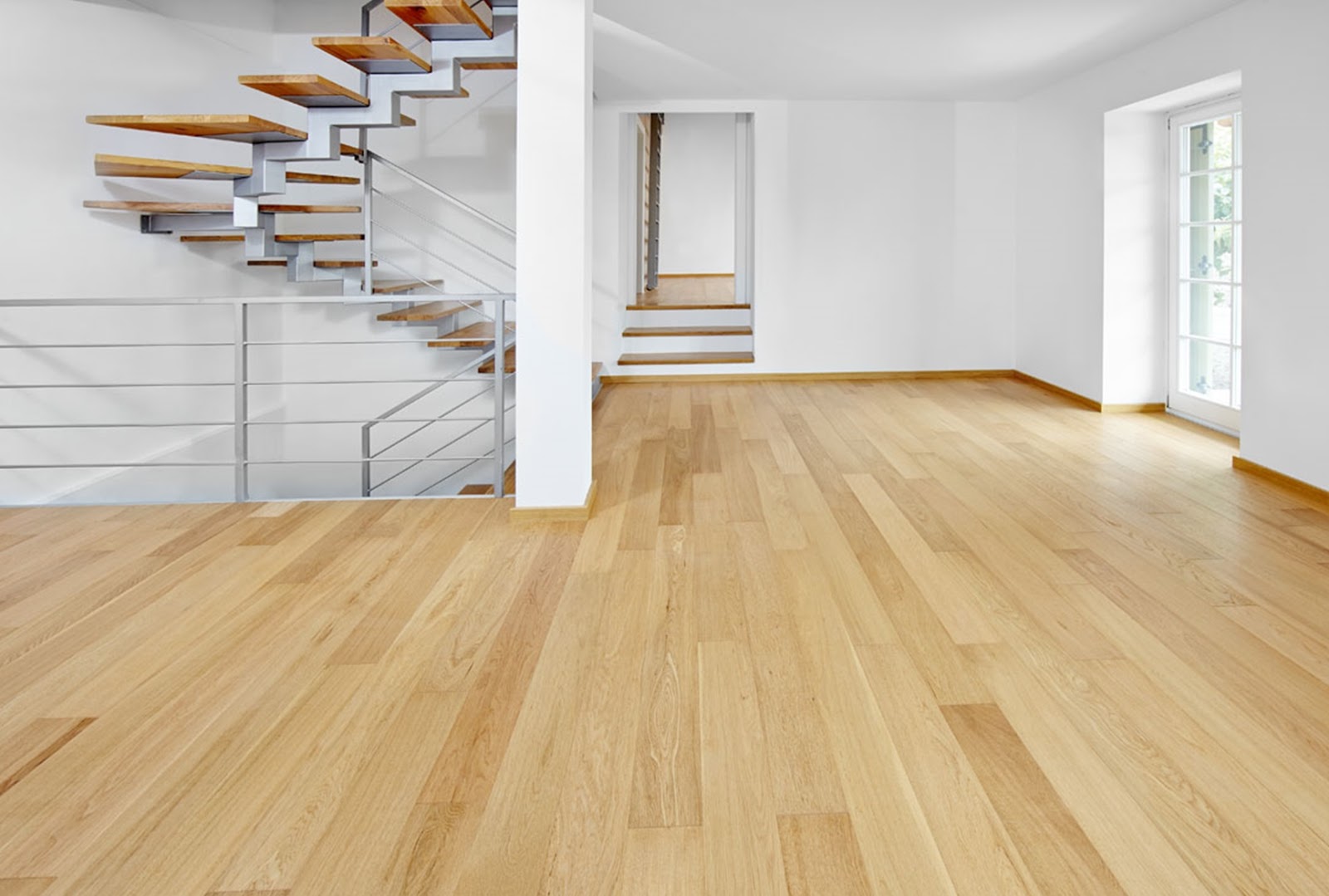
Belt Sander
A belt sander is an electric tool with sandpaper rotating in a loop. It’s great for sanding concrete in large areas like garage floors.
Belt sanders work best for aggressive sanding applications, but they sometimes leave marks on the surface. To avoid this, you can start with a belt sander and finish with a gentler tool like a handheld concrete sander. This combo will reduce the risk of visible marks.
Recommended for: Garage floors
Orbital Sander
Orbital sanders are handheld tools that sand using random circular motions. It helps to sand the concrete floors in any direction, unlike belt sanders, which only move back and forth.
To sand concrete with an orbital sander, prepare your area, switch it on, and move it smoothly in circles or back and forth. They’re great for small projects like bathroom floors or countertops, providing a smooth finish.
Recommended for: Bathroom floors, countertops
Floor Concrete Grinder
Floor concrete grinders are large electric machines with rotating pads for sanding surfaces. They’re great for large outdoor areas like driveways and patios. You just have to walk behind the machine and push it to sand the surface evenly.
Some models have handles that can be adjusted for sanding or polishing. These grinders are perfect for making driveways and patios smooth and polished.
Recommended for: Driveways, patios
Angle Grinder
An angle grinder is a specialised sanding tool with circular grinding blades, a side handle, and a motor designed for sanding concrete effectively.
Unlike regular sanders that use sandpaper, angle grinders have tough discs that can sand concrete faster. When using an angle grinder, it’s important to be careful to ensure the concrete is sanded evenly.
Recommended for: Basement floors, garage floors
How to Sand Concrete Floors?
As you have now gathered all the required tools for your concrete floor sanding Geelong project, you might be excited to give your floors a renewed look. So, let’s begin the concrete sanding process:
-
Prepare the Area
Before sanding concrete, start by inspecting the surface and getting it ready. Remove any bumps, clean away dust and dirt, and fill in any holes.
If you’re sanding indoors, clear the room or cover objects with plastic sheets to protect them from the dusty mess sanding creates. For large areas, divide the space into sections. Work on one section at a time to get the finish you want before moving on.
-
Choose Your Ideal Method and Tool
Once your floor surfaces are ready, you must choose the right concrete sanding method. There are three major options:
- Polishing Machines: These machines create a smooth concrete surface.
- Densifying Chemicals: Liquids used to bond minerals to concrete surfaces.
- Shot Blasting: Shooting fine-grit materials such as glass beads onto concrete to enhance its texture.
Once you have chosen your convenient method, you need to select the appropriate sanding machine for your floors. Here’s a comparison that can make your selection process easier:
- To fix small cracks, use handheld diamond sandpaper or polishing pads.
- For indoor projects like bathroom floors or countertops, use a handheld concrete or orbital sander.
- Go for a belt sander if you deal with large jobs like garage floors.
- If you’re working on large outdoor areas like patios or driveways, consider using a floor concrete grinder or walk-behind grinder.
-
Repair Concrete if Needed
Once your work area and tools are ready, inspect the concrete thoroughly. If you find any cracks, chips, or small issues, use epoxy or masonry sealant to fix them. This will make the surface smoother and give it a more professional appearance after sanding.
Also, check for any nails or screws stuck in the concrete and remove them. This prevents them from causing damage to your sanding equipment.
-
Wear the Safety Gear
Now, consider your safety. Wear coveralls, a mask, goggles, and ear protection, and have a shop vac ready to clear debris when sanding.
Concrete floor sanding produces hazardous silica dust, which can lead to lung cancer. Thus, ensure you’re properly outfitted before starting any sanding tasks.
-
Begin Sanding the Concrete
Before you start sanding concrete, gather your gear and set up your work area. Use a rough sanding pad, like 30 or 60 grit, to begin. It’s safer to sand wet to avoid spreading harmful dust.
After the first sanding round, clean off any dust or debris from the concrete surface. A vacuum works for dry debris, while a towel or sponge is good for wet debris, known as slurry.
Keep sanding with finer grits, cleaning the surface in between. Finish with a high grit sandpaper, around 200 to 400 grit, for a smooth finish.
-
Clean the Floors
Once you’ve finished sanding, ensure your work area is thoroughly cleaned before sealing. Use a vacuum or dusting cloth to remove any remaining debris. Wash the area with soapy water and let it dry completely, which could require up to 48 hours.
Dispose of any leftover mix or waste responsibly by taking it to a landfill or considering recycling options. Properly managing concrete rubble is essential for environmental sustainability.
-
Try a Strong Hardener
In this stage, you can ensure your concrete is strong and long-lasting. Apply a hardener to give it extra strength and protection against scratches and wear.
Choose a good-quality hardener and carefully follow the instructions for safe usage. Make sure to read and understand all safety guidelines before starting your project.
Once the hardener is applied and dried, you’re ready to move on to the next step: applying finish or sealant.
-
Apply a Finish/Sealant
The last step is simple: use a sealant! This protects your concrete from moisture and damage caused by high foot traffic, keeping it looking just as good as when it was first poured.
When choosing a sealant, select one that is used for outdoor use because it can handle different weather conditions.
Make sure you know how to apply the sealant correctly. Doing it evenly now prevents problems later, like uneven surfaces or water damage.
With these easy steps, your concrete floors will stay looking great for a long time!
Maintenance Tips for Sanded Concrete Floors
Now you have finished the concrete sanding process, but that’s not all.
You also need to maintain your sanded concrete floors correctly to prevent scratches and other damages in future. Follow these tips to ensure the longevity of your beloved floors:
- Avoid using rubber-backed mats or placing potted plants directly on finished concrete, as they can trap vapours and cause mineral deposits. Instead, use planters with legs for ventilation and protect furniture legs with caps to prevent scratches.
- Protect your concrete floors by fitting furniture legs with protective caps to prevent scratches and scuffs.
- Apply floor wax in high-traffic areas to shield the concrete. In winter, use sand or cat litter for traction, avoiding salt that can harm the sealant.
- Keep concrete floors clean by mopping them with water regularly. For larger spaces, consider using an automatic floor scrubber.
Concrete Floor Sanding FAQs
Can You Sand Concrete?
Yes, concrete can indeed be sanded, either manually or with the assistance of an electric power tool. The choice of method depends on the desired final appearance and the size of the area being worked on. For minor repairs and detailed work, manual sanding with concrete polishing pads or diamond sandpaper is suitable. However, for larger surfaces such as countertops and floors, an orbital sander or similar power tool is more efficient.
Regardless of whether you’re sanding by hand or using a power tool, it’s advisable to work on wet surfaces rather than dry ones. This helps to minimise the dispersion of harmful cement dust and debris.
Why Sand Concrete?
Sanding concrete offers several benefits, including:
- Rounding edges: Concrete edges can become sharp due to chipping over time. Sanding helps to smooth these edges, making the surface safer.
- Repairing imperfections: Cracks or holes in concrete can be filled with a concrete filler and then sanded down to blend seamlessly with the surrounding area.
- Preparing for finishes: Before applying a sealant or finish to concrete floors or countertops, it’s essential to sand the surface to ensure proper adhesion.
How to Achieve a Super Smooth Finish on Concrete?
To achieve an exceptionally smooth finish on concrete, use high-grit sandpaper, typically between 200 and 400 grit. However, it’s essential to start with a coarser grit and progressively work your way up to the finer grits for optimal results.
Final Notes
Sanding concrete floors might seem hard, but you can smooth them out easily with the right tools like diamond grinding wheels and polishing pads. Don’t forget to seal the surface afterwards to protect it from damage and spills.
Before starting any concrete project, make sure you have everything you need. Following these tips will help you confidently sand concrete floors and get great results!
DIY concrete floor sanding is a good idea, but it also poses the risk of uneven sanding and over-sanding. So, it’s better to consult floor sanding Geelong experts to make the process easier. Total Floor Service is your go-to destination when looking for reliable floor sanding services. Get in touch today with our team, and let us elevate your property value!


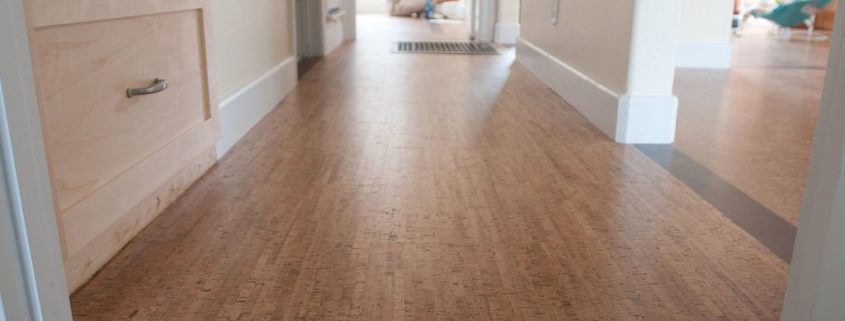
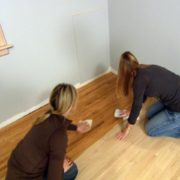
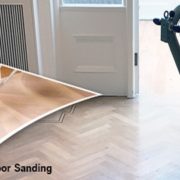
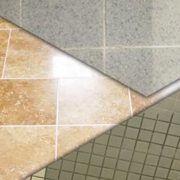
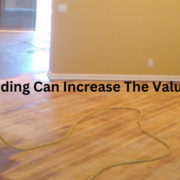
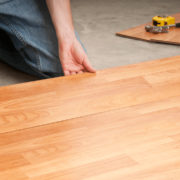



 Address:
Address:  Phone:
Phone:  ABN: 63 602 512 489
ABN: 63 602 512 489




